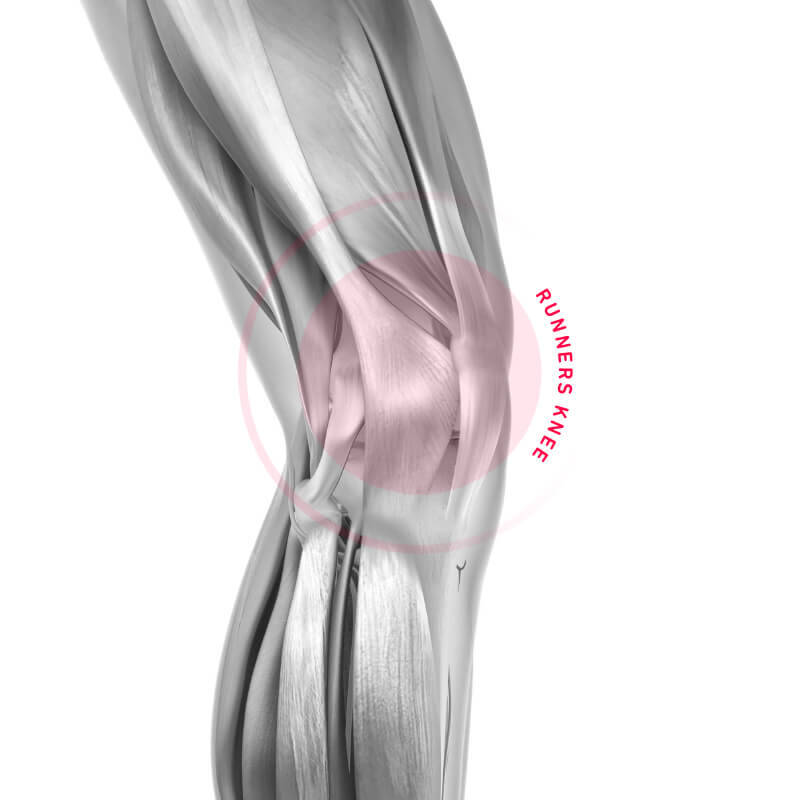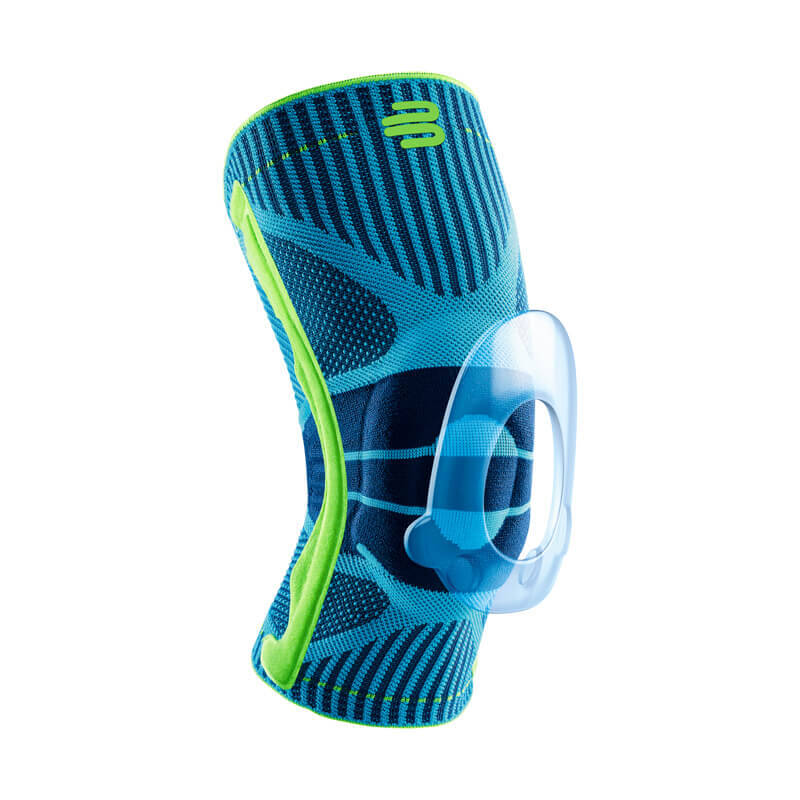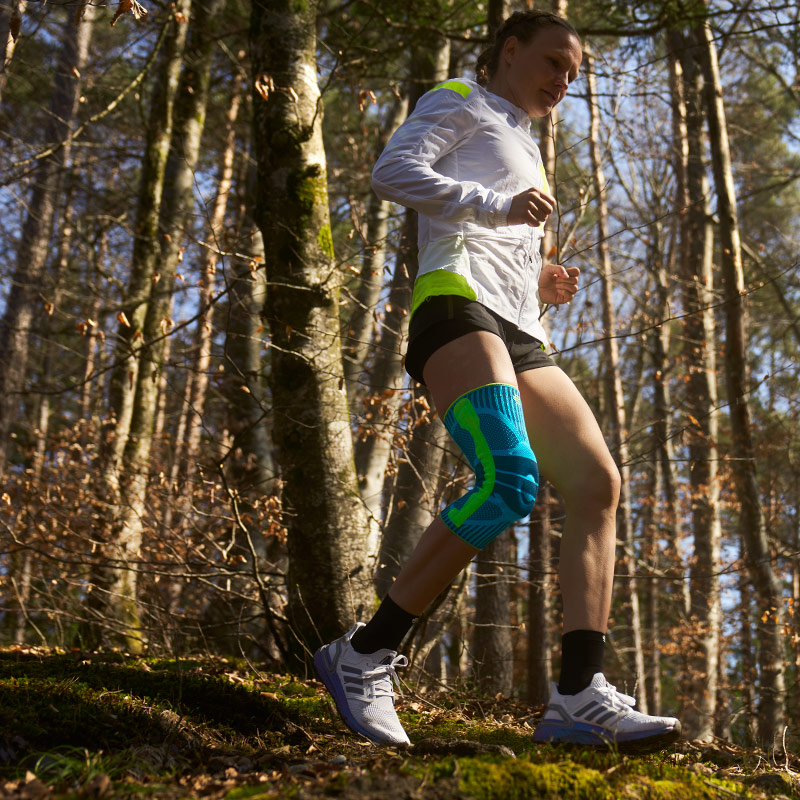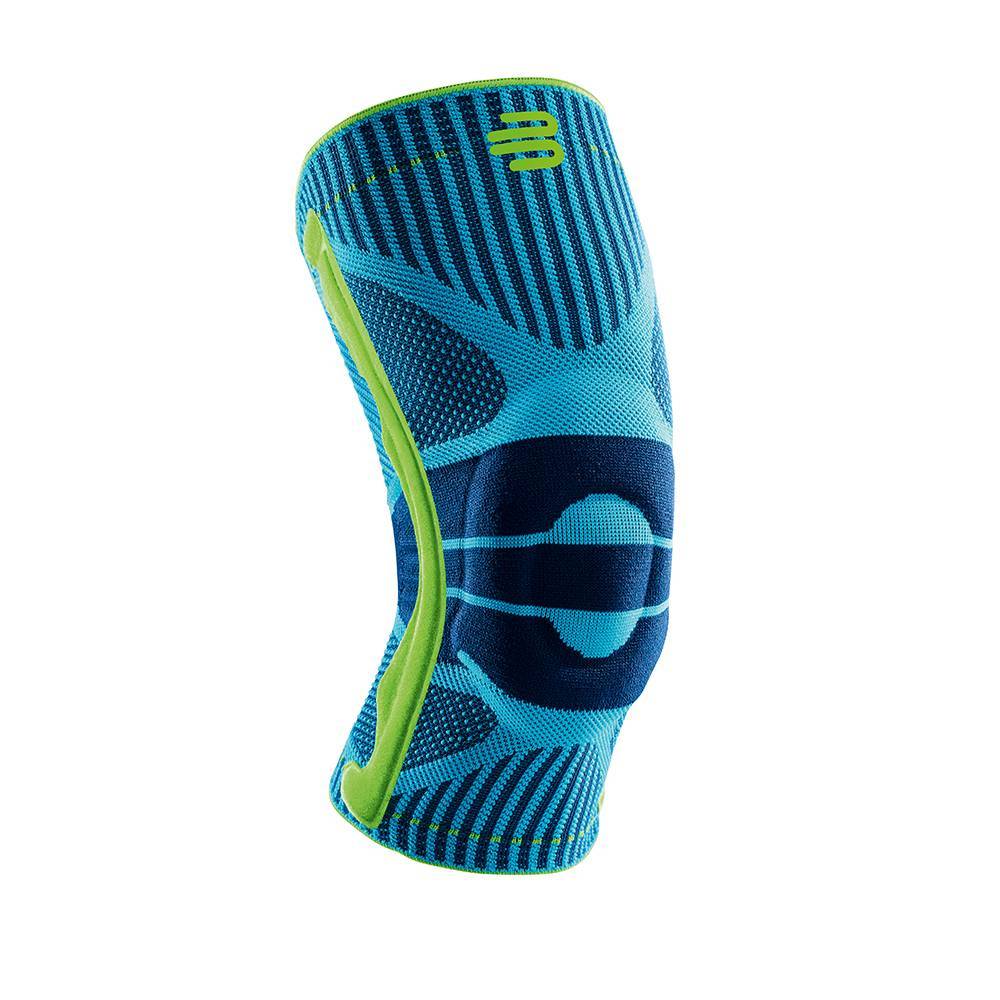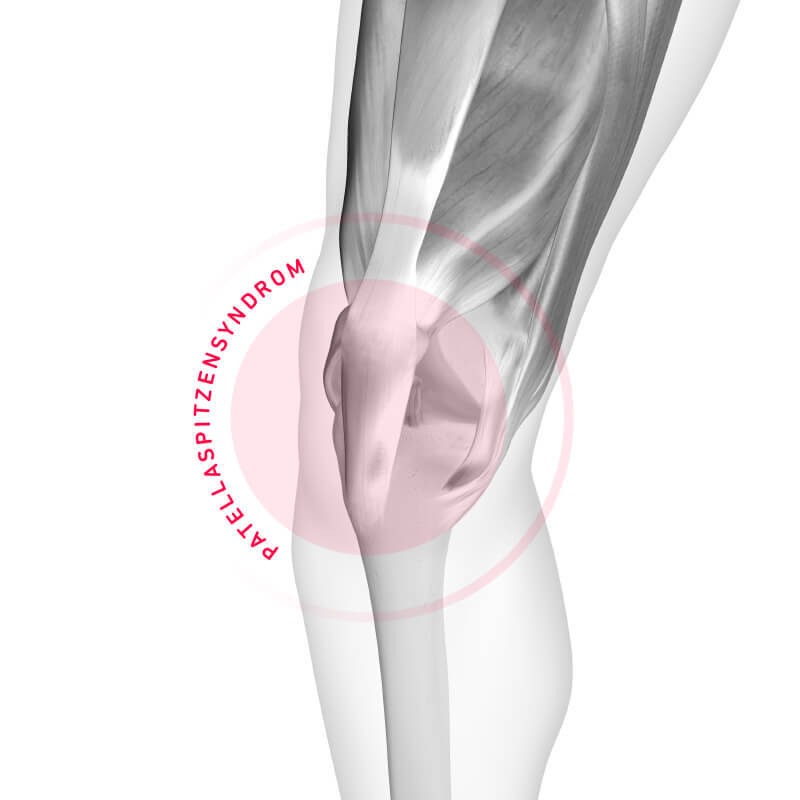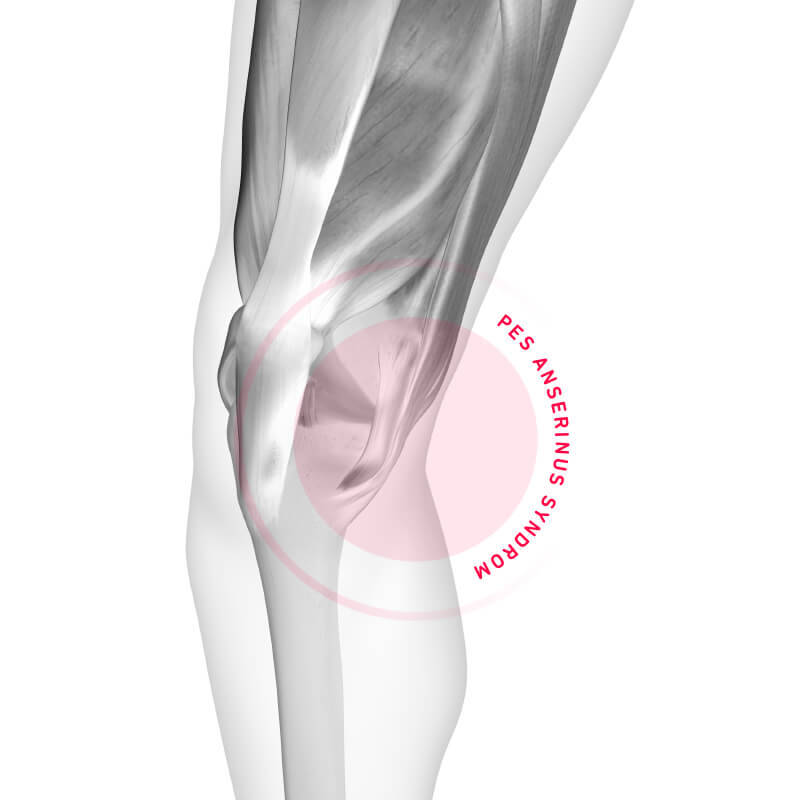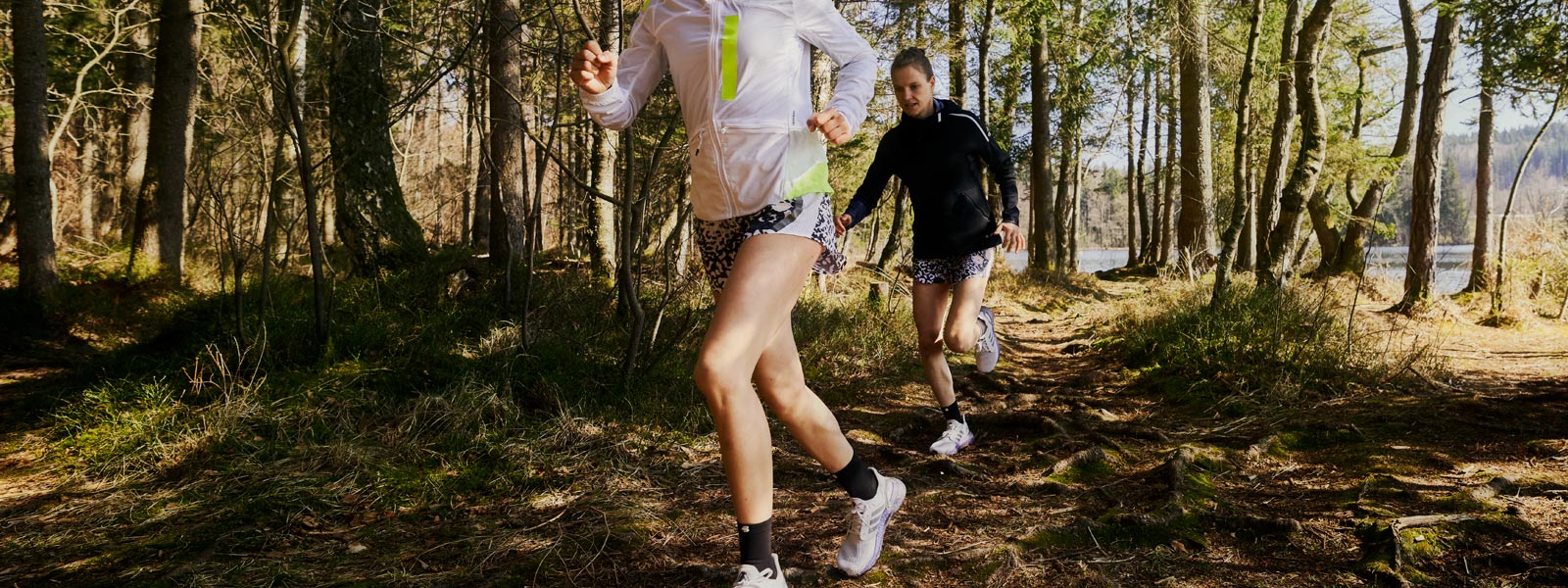
Knee Pain after Running
Diagnosis: Runner's knee
Symptoms, causes and treatment
The cause of runner’s knee is usually excessive strain. A particular pressure point during running is located on the outside, above the knee, on a protrusion of the thigh bone. The iliotibial tract (IT band), a strand of thigh fascia fibres, runs across this protrusion, past the knee, before ending on the shin bone. The constant bending and stretching of the knee joint during running causes pressure and rubbing on this protrusion. If pressure and rubbing become too much, it will lead to an irritated iliotibial tract – and eventually to runner’s knee.
Runner’s knee is, therefore, a sign of excessive strain and depends on different factors, most of all on intensity of training, route characteristics and the individual’s anatomy. If you want to find the cause of your runner’s knee, ask yourself the following questions:
- Have you trained too hard?
- Are your running shoes old or is that particular model unsuitable for your feet?
- Have you been running on a lot of hilly trails, downhill in particular?
- Are your muscles too weak?
- Have you stretched adequately?
Especially beginners who have recently discovered jogging often approach running too enthusiastically. They increase the scope of their training too quickly and don’t spend enough time recovering. But experienced, ambitious runners, too, sometimes forget to listen to their bodies if they’re too focused on time records or the upcoming marathon season. Then, they push themselves too hard.
Runner's knee? Knee Support!
Stabilises your muscles and improves the coordination of your knee.
Discover Knee SupportRest, cooling, anti-inflammatory medication and exercises to combat runner’s knee – these are highly beneficial for your body. In order to additionally boost the healing process, wearing a knee support also helps. It supports and relieves your knee and can alleviate pain – this is particularly important at the beginning when the problems are most severe and you want to stay active during your day.
If you then return to your training, the support not only continues to provide you with additional stability, but you also prevent recurring excessive strain and injuries. This sets you up perfectly to ensure your knee recovers.
Runner’s knee: how a support can help
Runner’s knee is a clear sign of excessive strain. A support provides your knee with additional stability – so you can slowly get back to action.
Patellar Tendonitis
Pain in the front or below the knee often indicates patellar tendinitis. Learn more about how it develops and what you should keep in mind when running.
Pes Anserine Bursitis
When runners have pain in the inner tibial plateau, the diagnosis is often pes anserinus syndrome. Learn more about causes, symptoms and treatment here.
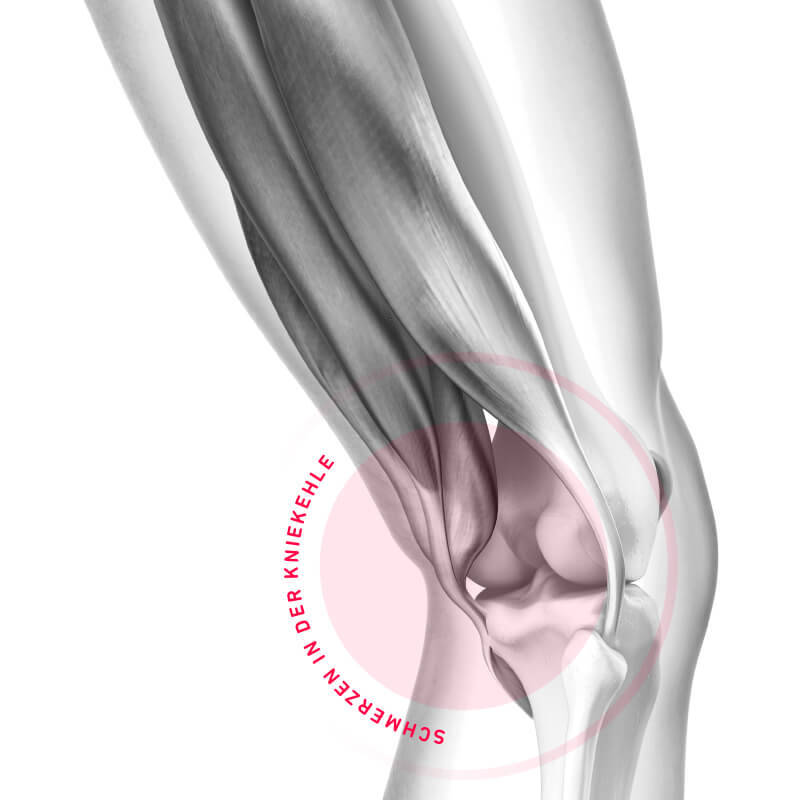
Pain in the Back of the Knee
Pain in the back of the knee is often mysterious at first. We have summarised here what is behind it and what you can do about it.
Didn't find what you were looking for here? Does your knee pain manifest itself in other ways or is it perhaps not caused by sport? Then find out about other possible causes from our Bauerfeind Medical colleagues in the knee pain section!!

